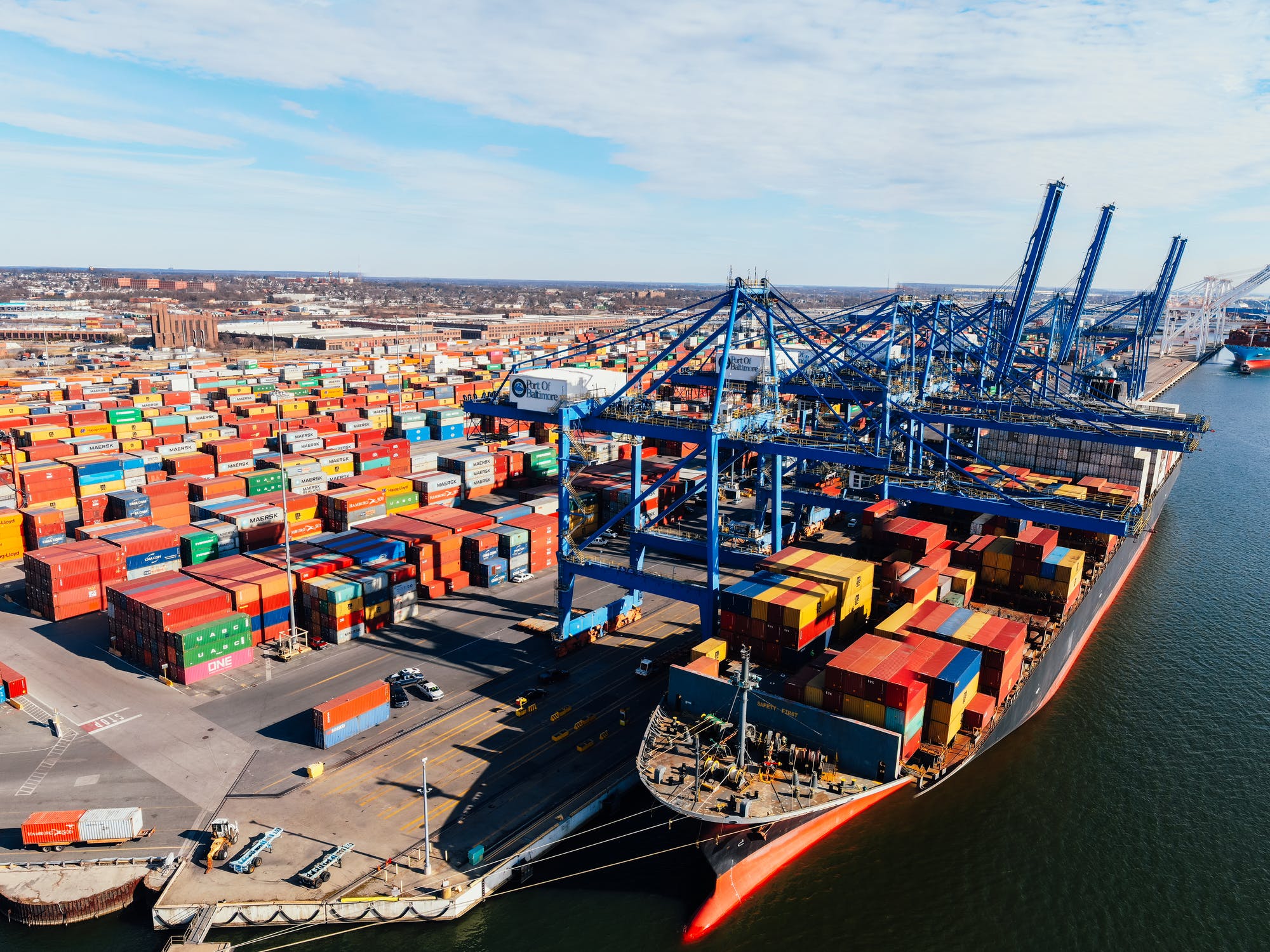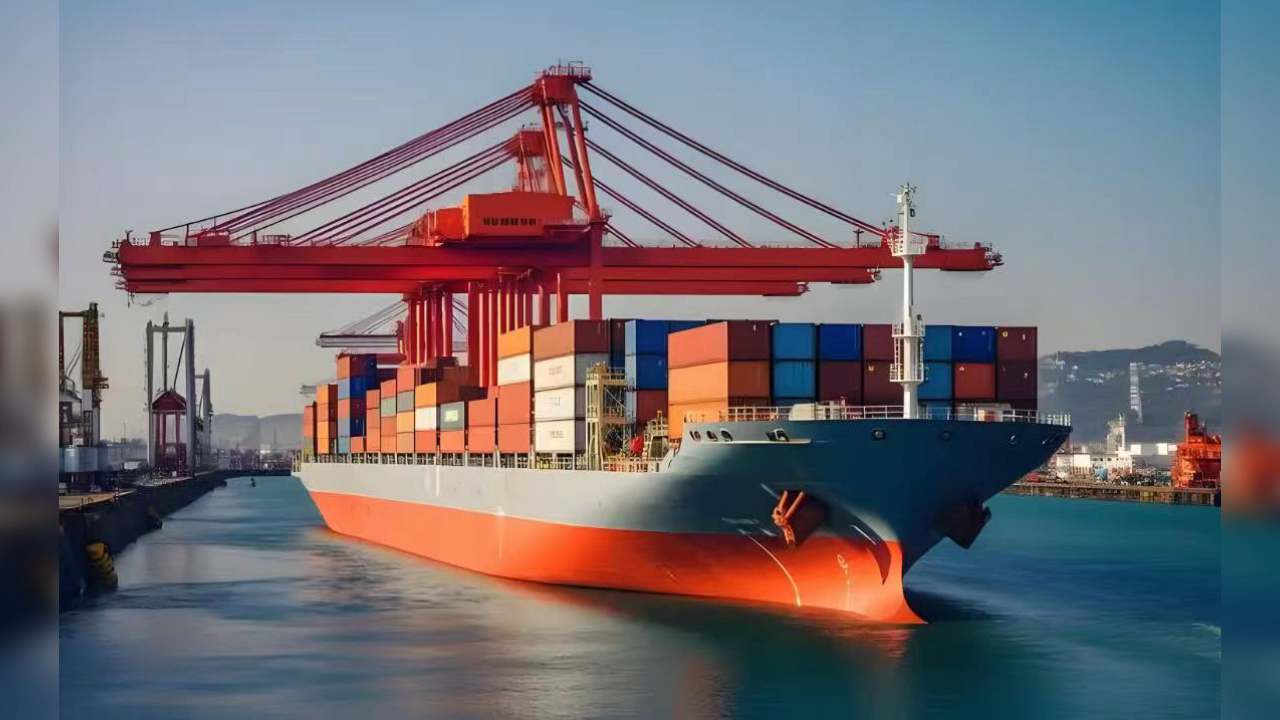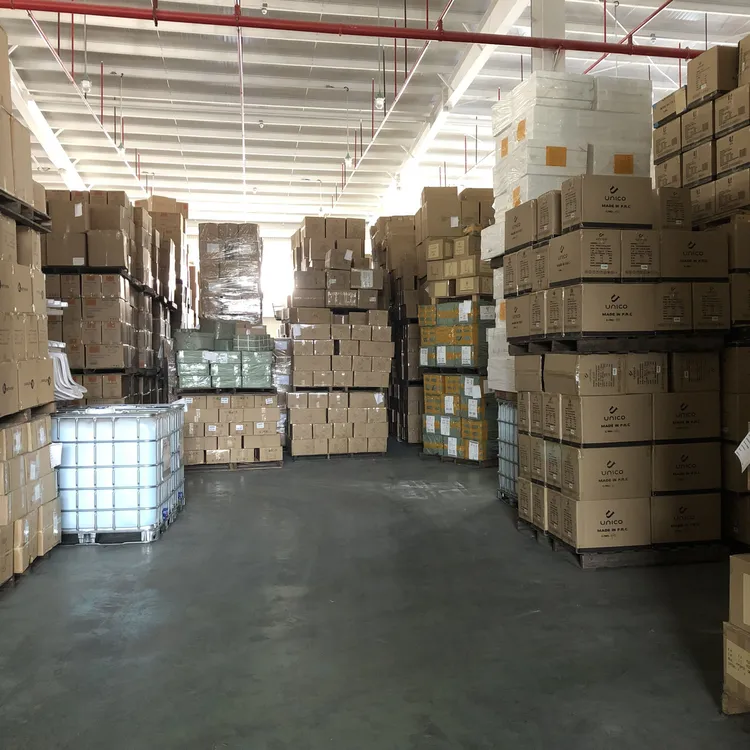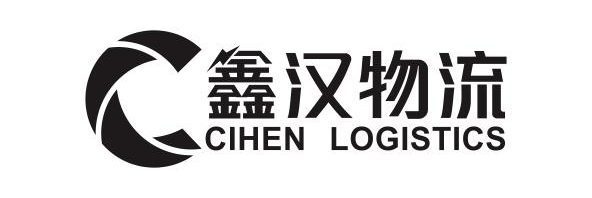


Meta Description: Reliable China to Guatemala freight forwarding services. Simplify customs clearance, optimize LCL/FCL shipping, and leverage technology for compliant cross-border logistics under Guatemalan regulations.
Introduction
The growing trade partnership between China and Guatemala highlights the need for efficient, compliant, and cost-effective freight forwarding solutions. From electronics and machinery to agricultural imports, businesses require a strategic partner to navigate customs procedures, manage risks, and ensure timely delivery. This guide explores critical aspects of China-to-Guatemala logistics, including transportation options, regulatory compliance, and technology-driven strategies to enhance efficiency.
- Transportation Modes for China-Guatemala Shipping
Selecting the right mode of transport balances cost, speed, and cargo specifications.
- Ocean Freight: The most common option for bulk shipments, with transit times averaging 30–45 days via major ports like Shanghai to Puerto Quetzal. LCL (Less-than-Container Load) services reduce costs for smaller volumes, while FCL (Full Container Load) ensures security for high-value or sensitive goods.
- Air Freight: Ideal for urgent deliveries, air cargo reduces transit to 6–9 days. However, higher tariffs and weight restrictions make it suitable for priority shipments like pharmaceuticals or perishables.
- Multimodal Transport: Combining ocean freight with road networks facilitates delivery to inland regions, leveraging Guatemala’s highway infrastructure for cost-effective last-mile distribution.
- Navigating Guatemalan Customs Compliance
Guatemala’s customs authority (SAT) enforces strict regulations to prevent delays. Key requirements include:
- Documentation: Commercial invoices, packing lists, bills of lading, CO (Certificado de Origen), and SAT’s “Pedimento Aduanero” must comply with local standards.
- Tariff Classification: Accurate HS code assignment under the Harmonized System minimizes audits and penalties.
- Restricted Imports: Electronics, chemicals, and agricultural products require permits or certifications. Partnering with a freight forwarder ensures adherence to SAT rules and avoids compliance risks.
- Technology-Driven Logistics Efficiency
Modern freight forwarding integrates digital tools to enhance visibility and decision-making:
- Real-Time Tracking: IoT sensors and cloud platforms provide shipment updates, improving supply chain transparency.
- AI-Powered Analytics: Predictive models forecast port congestion (e.g., at Puerto Quetzal) or weather disruptions, enabling proactive solutions.
- Blockchain Documentation: Secure, digitized records streamline SAT clearance and reduce administrative errors.
- Cost Optimization Strategies
Minimize expenses while maintaining service quality through:
- Consolidation: Combine shipments via LCL to lower freight costs per unit.
- Incoterms 2020 Compliance: Clarify duty responsibilities using terms like DAP (Delivered at Place) or DDP (Delivered Duty Paid).
- Sustainable Routing: Optimize fuel-efficient pathways and carbon offset programs to align with global ESG standards.
- Addressing Common Challenges
- Language Barriers: Professional translators ensure precise documentation and communication with SAT officials.
- Seasonal Delays: Monitor rainy seasons (May–October) and plan alternative routes or timelines.
- Border Crossings: Leverage pre-clearance programs to expedite transits through neighboring countries.
FAQs
Q: How long does customs clearance take in Guatemala?
A: With complete documentation and a trusted forwarder, clearance typically takes 24–48 hours.
Q: Can hazardous materials be shipped from China to Guatemala?
A: Yes, but they require specialized labeling, ADR-certified packaging, and prior approval from SAT.
Q: What makes a freight forwarder essential for this route?
A: Expertise in SAT regulations, risk mitigation strategies, and technology platforms ensures cost savings, reliability, and compliance.
Conclusion
China-to-Guatemala freight forwarding requires a blend of regulatory expertise, technological agility, and cost management. By collaborating with experienced forwarders, businesses can overcome logistical hurdles, ensure compliance, and build resilient supply chains. Whether shipping industrial equipment, consumer goods, or perishables, tailored solutions guarantee efficient cross-border operations aligned with Guatemalan and international standards.
Optimize Your China-Guatemala Supply Chain Today
Partner with expert freight forwarding services to streamline customs clearance, reduce costs, and enhance delivery reliability for your China-Guatemala trade.
Keywords integrated: China to Guatemala freight forwarder, international shipping services, customs clearance Guatemala, LCL/FCL shipping, SAT compliance, sustainable logistics.
